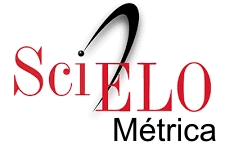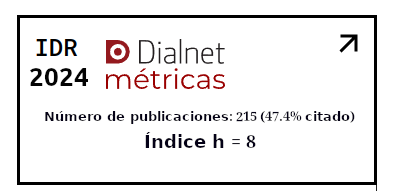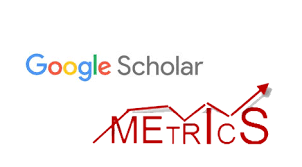Characteristics of the design of the most efficient instrument in the assessment of learning
Keywords:
Quality of education, ability, learning, evaluation methodAbstract
This study describes the characteristics of the instrument design that offers greater efficiency in the evaluation of learning, particularly in the Nursing Career, of the Technical University of Marketing and Development. The methodological approach corresponds to a descriptive study and under a mixed multimodal design (derivative DEXPLOS). To collect the data, the use of an interview applied to 10 teachers and a questionnaire to 70 students, who were exposed to the evaluation system, was considered. Teachers' experiences show that evaluation is carried out in a traditional way. From the learners' experience, learning is obtained through continuous strategic evaluation. The characteristics of the instrument design that offer greater efficiency in the evaluation of learning are based on a good communication of the evaluation objectives, a perfect concordance between a curricular approach, the program, the teaching-learning process and the strategies evaluation; thus, the instrument design serves as a learning tool for the student and as a corroboration of the quality of the teaching-learning processes. They are not given in the evaluation by the teachers.
Downloads
References
ANEAES. (2009). Parte 5: Criterio de calidad para la carrera de enfermería. Asunción, Paraguay: ANEAES- ResoluciónN° 07/09 del Concejo Directivo.
Barajas, Y. E. (2010). Evaluación del aprendizaje: Una guía práctica para profesores.
Benito, Á., y Cruz, A. (2005). Nuevas claves para la docencia universitaria en el Espacio Europeo de Educación Superior. Madrid: Narcea.
Blanco Fernández , A. (2009). Desarrollo y evaluación de competencias en educación superior. Madrid: NARCEA.
Bolivar, A. (2008). Cuidadanía y competencias básicas. Sevilla: Fundación ECOEM.
CINDA. (2008). Diseño curricular basado en competencias y asegurameinto de la calidad en la educación superior. Santiago: MINEDUC.
Coll, C. (2010). Desarrollo, aprendizaje y enseñanza de la educación secundaria. Barcelona: GRAÓ, de IRIF.
Gómez, G. R., y Sáiz, M. S. (2011). E-evaluación orientada al e- aprendizaje estratégico en educación superior. Madrid: NARCEA.
Guerra, M. Á. (2014). La evaluación como aprendizaje: Cuando la flecha impacta en la diana. Madrid: NARCEA.
Hernández, S. R., Fernández, C. C., y Batista, L. P. (2010). Metodología de la investigación. México: Mc Graw Hill Educación.
UNED. (2013). Consideraciones técnico-pedagógicas en la construcción de listas de cotejo, escalas de calificación y matrices de valoración para la evaluación de los aprendizajes en la Universidad Estatal a Distancia. San José: Universidad Estatal a Distancia.
USAID. (2006). Herramientas de evaluación en el aula. Guatemala: MINEDUC.








